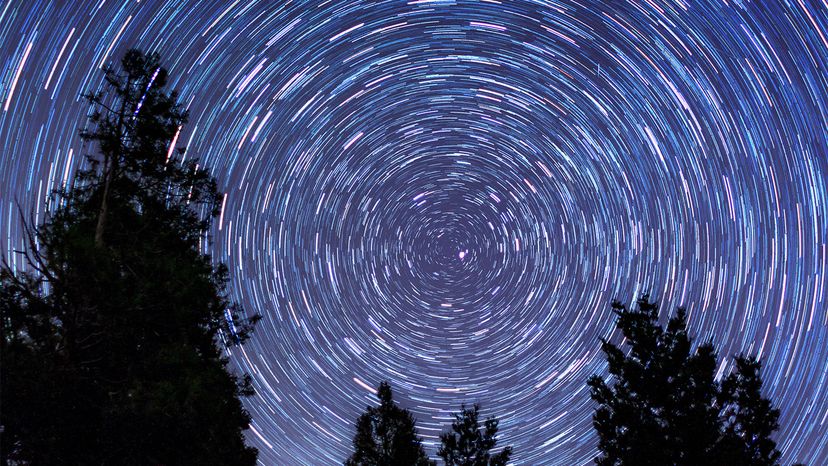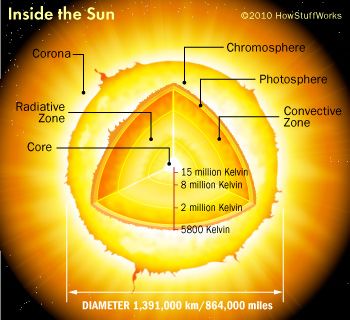
If you've ever looked at the night sky in the Northern Hemisphere, you may have noticed that gleaming object that everything appears to move around. What you're seeing is the Polaris Star, also known as the North Star, which is approximately 430 light-years away from Earth and part of the constellation Ursa Minor.
Polaris has been a vital navigational reference for centuries, aiding travelers in finding their way due north, as it remains nearly stationary while other stars appear to revolve around it in the night sky. Let's delve into the characteristics of this shining beacon and explore how to easily locate it.
Advertisement

